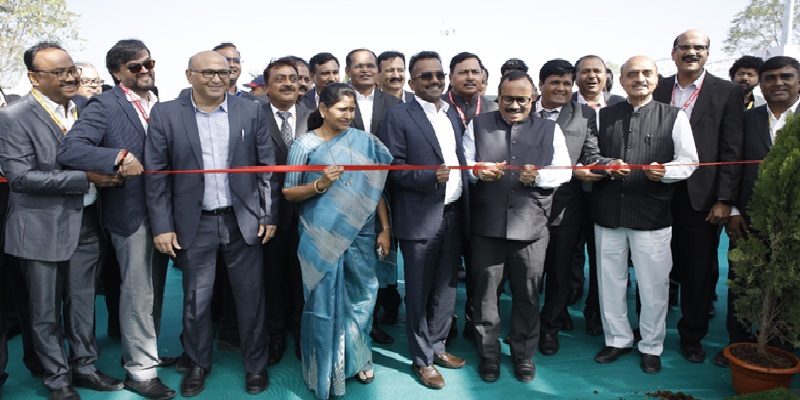Schedule a Call Back
SDR boosts the flexibility of RF communication
 Articles
Articles- May 01,19

Related Stories
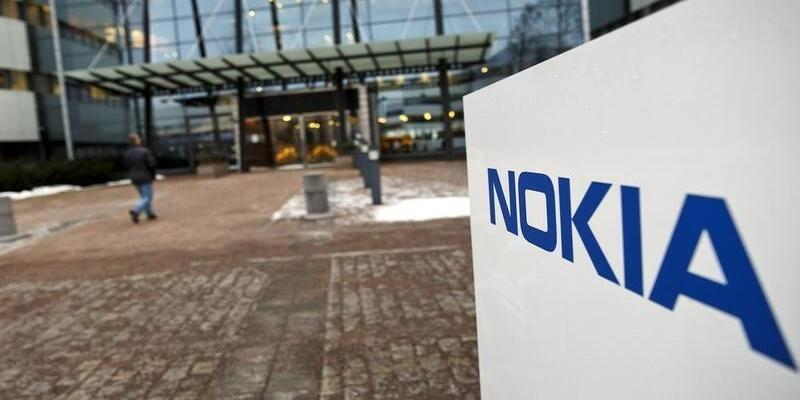
Nokia's Chennai factory milestone, 7 mn telecom units produced in 15 Year
This achievement coincides with the factory's fifteenth anniversary and underscores its pivotal role in bolstering telecom equipment manufacturing within the country.
Read more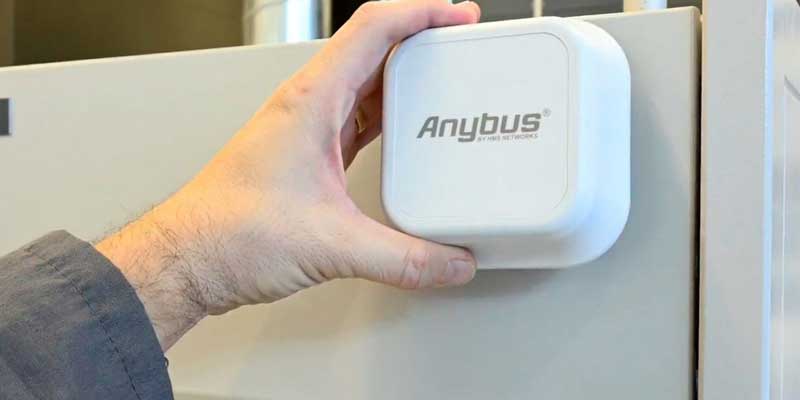
HMS Networks’ Anybus Wireless Bolt II helps industrial companies increase uptime
HMS Networks unveils its Anybus Wireless Bolt II, an industrial Wi-Fi 5 access point (AP) and wireless distribution system (WDS) client. It features better durability, security, and performance, wit..
Read more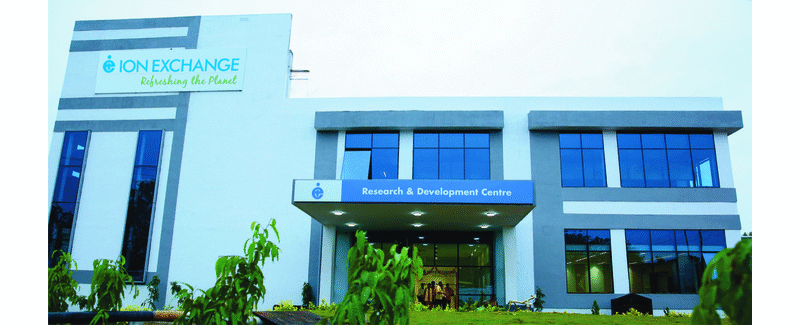
Designing PFC to reduce running costs
Efficiency of electronic systems is a key design goal to save natural resources as well as reducing operating costs. Power factor correction (PFC) is an area where significant efficiency improvement..
Read moreRelated Products

Compact Fmc - Motorum 3048tg With Fs2512
Meiban Engineering Technologies Pvt Ltd offers a wide range of Compact FMC - Motorum 3048TG with FS2512.
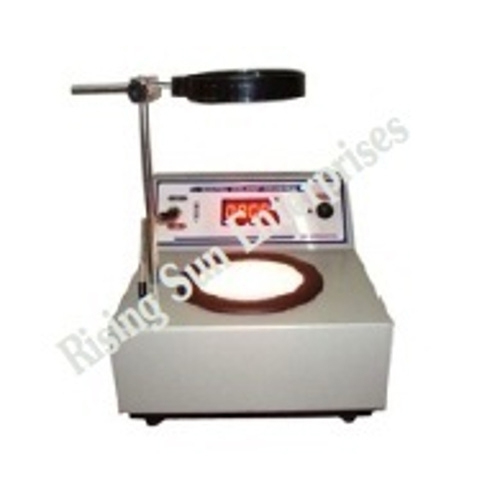
Digital Colony Counter
Rising Sun Enterprises supplies digital colony counter.
Robotic Welding SPM
Primo Automation Systems Pvt. Ltd. manufactures, supplies and exports robotic welding SPM.







